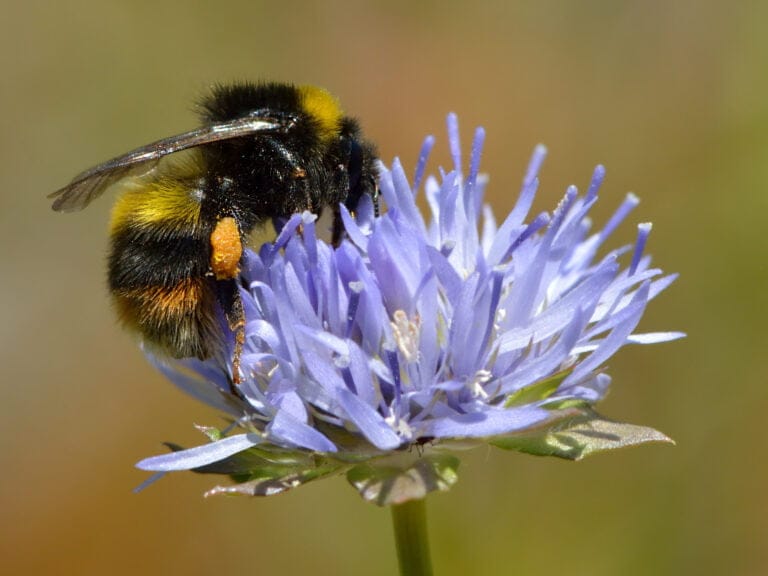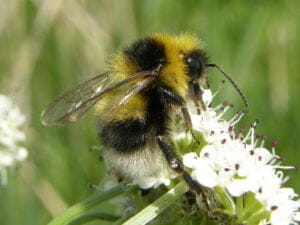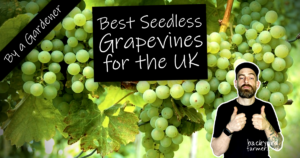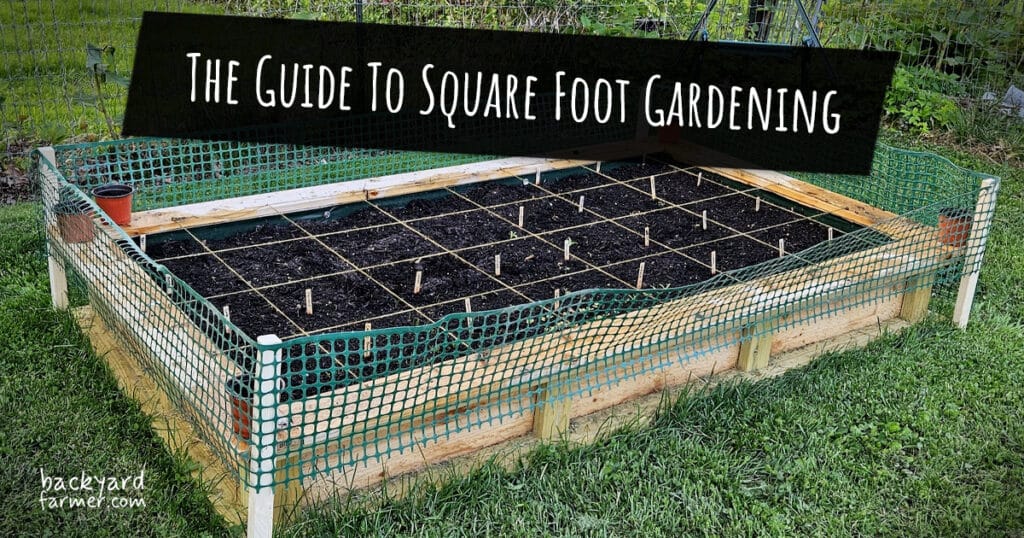Table of contents
- How to Identify the Broken-belted Bumblebee in the UK
- Extended Active Season and Pollination Impact
- How Broken-belted Bumblebees Support the UK Ecosystem
- Why Protecting the Bombus soroeensis Matters
- Captivating Facts About the Broken-belted Bumblebee
- How You Can Help Protect the Broken-belted Bumblebee
- FAQ
How to Identify the Broken-belted Bumblebee in the UK
The Broken-belted Bumblebee (Bombus soroeensis) is easy to recognize due to its:
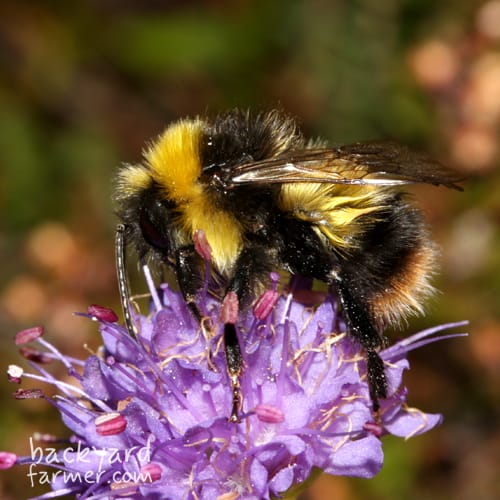
- Black and yellow banding with a distinctive broken yellow belt across the abdomen.
- Smaller size compared to more common bumblebee species.
- Males have a more pronounced yellow facial hair pattern.
This species closely resembles other bumblebees, making careful observation essential for accurate identification. Learn more about UK bumblebee species and how to identify them in our Bee Identification Guide.
| Attribute | Details |
|---|---|
| Common Name | Broken-belted Bumblebee |
| Latin Name | Bombus soroeensis |
| Size | Approximately 10-14 mm |
| Location | Found across parts of the UK, particularly in upland meadows and heathlands |
| Active Months | Mid-May to September |
| Habitat | Grasslands, moorlands, flower-rich meadows, and chalk grasslands |
| Nesting Behaviour | Typically nests underground, often in abandoned small mammal burrows |
| Social Behaviour | Social, living in colonies with a queen, workers, and males (colonies typically contain 80-150 workers) |
| Flora & Fauna | Prefers nectar-rich plants such as red clover, bird’s-foot trefoil, knapweed, brambles, and scabious |
| UK Status | Declining due to habitat loss, monoculture farming, and land use changes |
Extended Active Season and Pollination Impact
Unlike species with shorter flight periods, the Bombus soroeensis remains active:
- From mid-May to late September, with peak activity in July and August.
- Providing pollination late in the season when other species decline.
- Ensuring continued pollination of late-blooming wildflowers.
How Broken-belted Bumblebees Support the UK Ecosystem
The Broken-belted Bumblebee plays a crucial role as a pollinator by:
- Sustaining wildflower populations through pollination.
- Enhancing biodiversity in meadows, moorlands, and grasslands by supporting plant diversity.
- Pollinating agricultural crops, boosting food production and ecological balance.
Why Protecting the Bombus soroeensis Matters
This species is:
- A vital indicator species, reflecting the health of its environment.
- Essential for habitat stability, maintaining diverse wildflower populations.
- At risk due to habitat destruction, monoculture farming, and land-use changes.
Captivating Facts About the Broken-belted Bumblebee
The Bombus soroeensis is remarkable because:
- It is rarer than more widespread bumblebee species.
- It adapts well to different environments, from uplands to meadows.
- Conservation initiatives aim to better understand and protect its populations.
How You Can Help Protect the Broken-belted Bumblebee
You can take action by:
- Planting nectar-rich wildflowers such as red clover, knapweed, and scabious to support their food sources.
- Avoiding pesticide use, especially in gardens, meadows, and agricultural areas.
- Backing conservation programs that protect and restore flower-rich grasslands and natural habitats.
- Creating bumblebee-friendly spaces by leaving sections of gardens or landscapes wild for nesting and foraging.
FAQ
How do you identify the Broken-belted Bumblebee?
Look for black and yellow banding with a distinctive broken belt on the abdomen. Males have yellow facial hairs and often appear fluffier than workers.
Where does the Broken-belted Bumblebee live?
It thrives in grasslands, moorlands, wildflower meadows, and chalk grasslands across the UK, particularly in upland areas rich in floral diversity.
What flowers do Broken-belted Bumblebees prefer?
They favor nectar-rich plants such as red clover, bird’s-foot trefoil, knapweed, brambles, and scabious, which serve as essential food sources.
Are Broken-belted Bumblebees endangered?
While not officially classified as endangered, their populations are declining due to habitat loss and agricultural intensification. Conservation initiatives aim to protect their natural environments.
How can I help conserve UK bumblebees?
You can assist by planting pollinator-friendly flowers, reducing pesticide use, supporting local conservation efforts, and creating bumblebee-friendly spaces in gardens and public areas.
Discover more about bumblebee conservation efforts and how you can help protect pollinators at the Bumblebee Conservation Trust.
